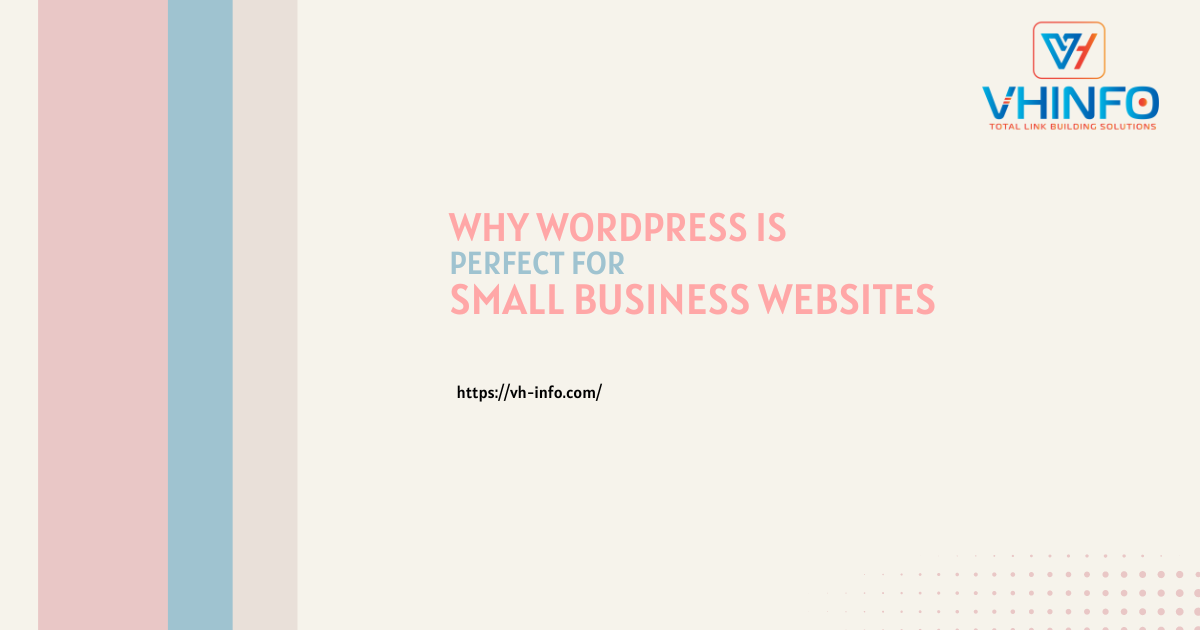
Why WordPress is Perfect for Small Business Websites
Can you imagine a successful business without a solid online presence? Hardly anyone can. In our tech-driven world, there is

Why WordPress is Perfect for Small Business Websites
Can you imagine a successful business without a solid online presence? Hardly anyone can. In our tech-driven world, there is

Franchise Marketing: What is it, Benefits, Types & Examples
Franchise marketing is an important aspect of growing a successful franchise business. With the right marketing strategies, franchisors can attract
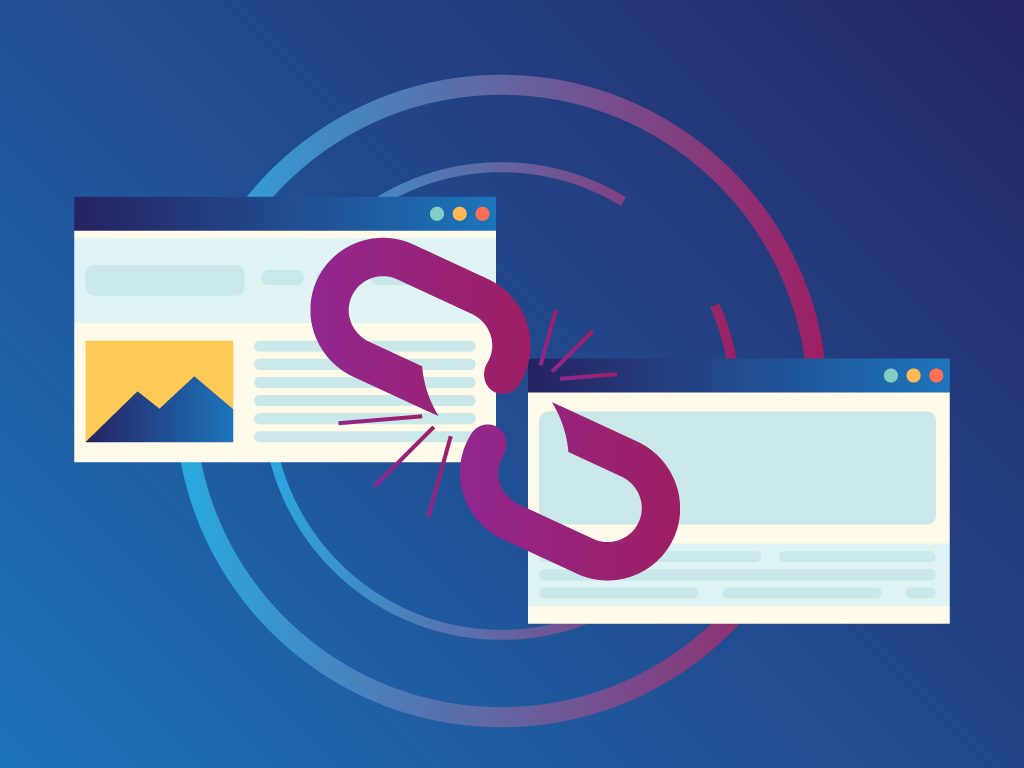
How To Disavow Backlinks: The Ultimate Guide for SaaS Websites
As a SaaS website owner, you know the importance of a strong backlink profile for improving your search rankings and
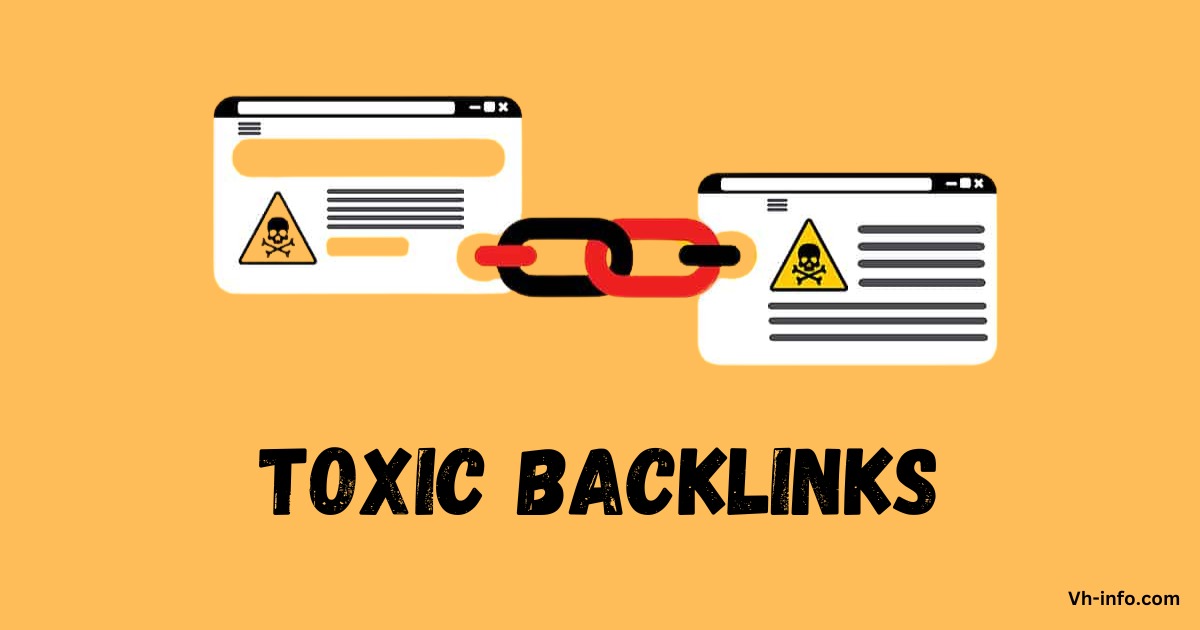
Toxic Backlinks: What is it, Causes, Types & How to Find it?
Backlinks are an important factor in SEO, as they signal to search engines that other websites find your content valuable
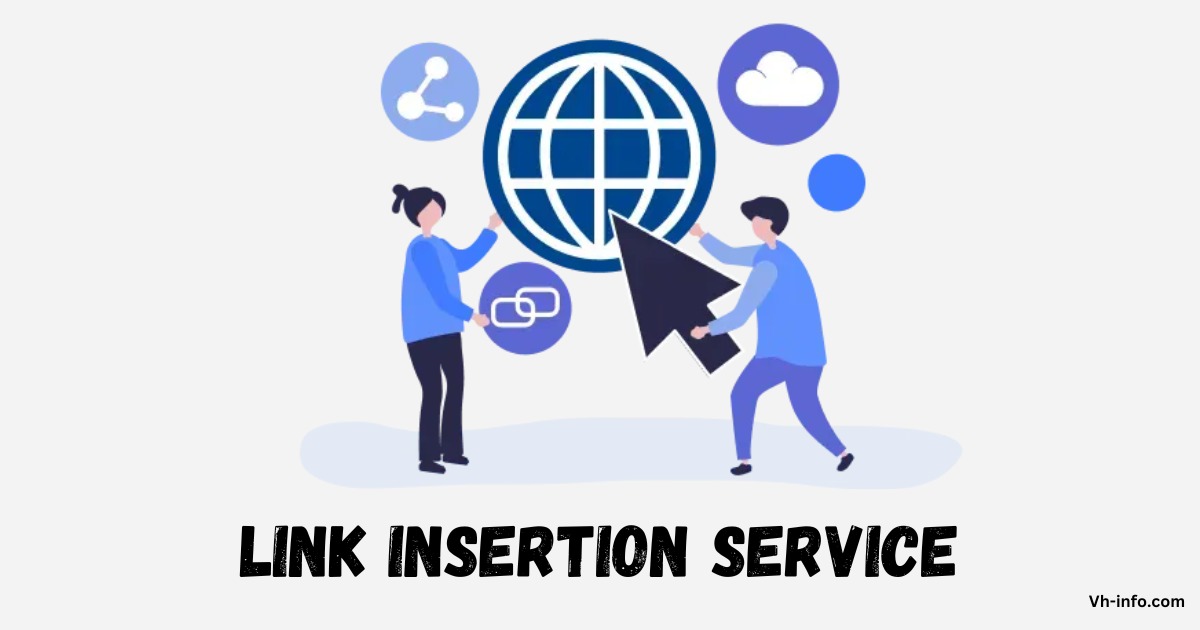
Link Insertion Service: What is it, Why Do You Need & Process
In the competitive world of SaaS, standing out in search engine rankings is important for driving organic traffic and growth.
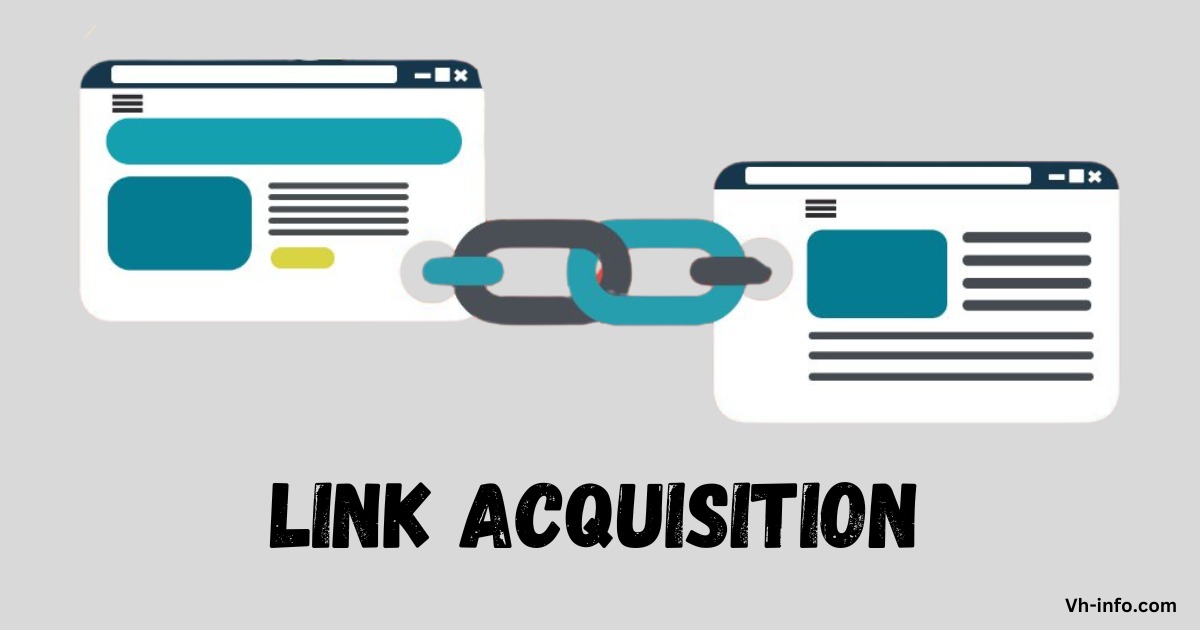
Link Acquisition: What is it, How To Do, Benefits, Types & Tips
Link acquisition is an important aspect of search engine optimization (SEO) for SaaS companies looking to improve their online visibility
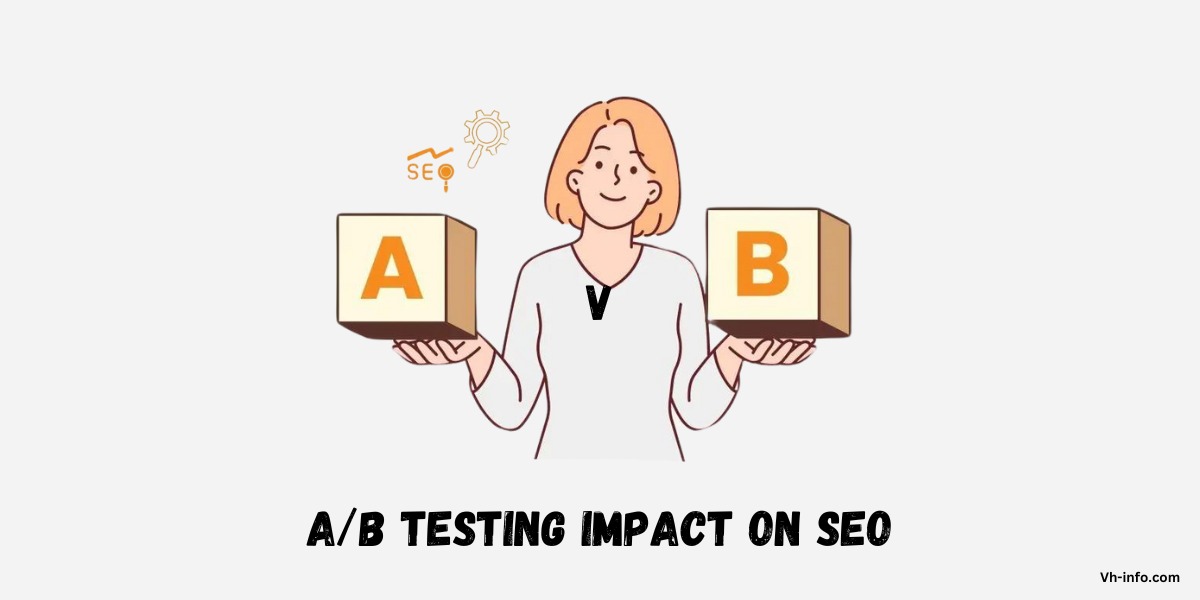
A/B Testing Impact on SEO: What is it, Importance & Many More…
A/B testing, also known as split testing, is a powerful tool for conversion rate optimization and improving user experience on
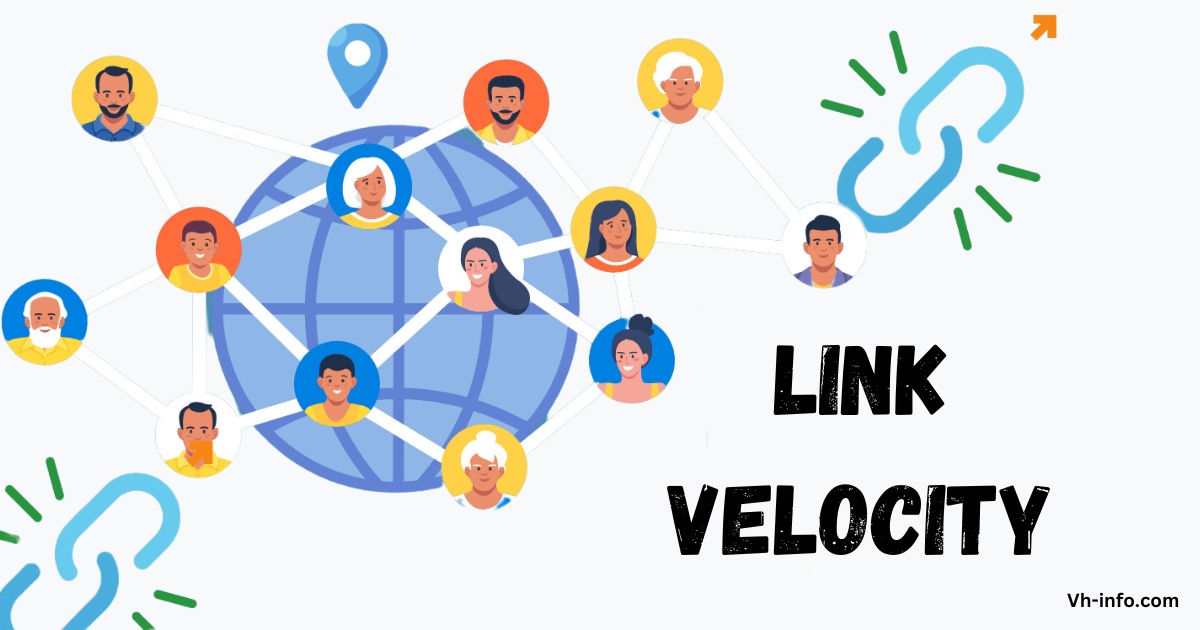
Link Velocity: What is it, Types & Examples
Link velocity, a critical concept in the world of search engine optimization (SEO), refers to the speed at which a
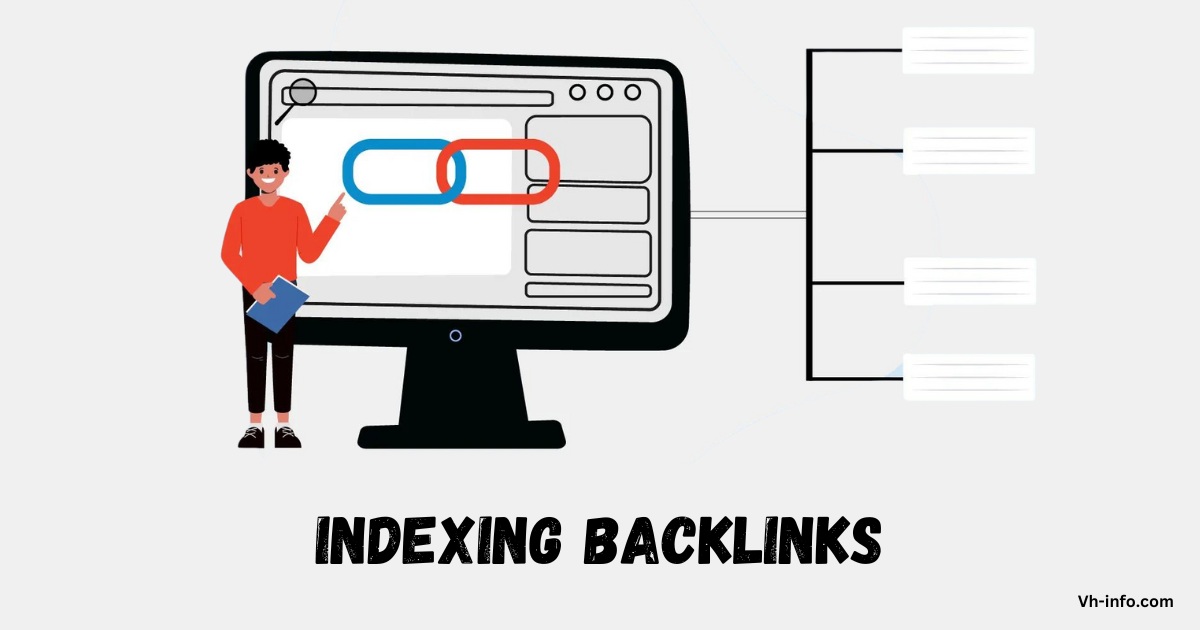
Indexing Backlinks: What it is, How to Techniques & Best Practices
Backlinks are an important component of any successful SEO strategy. However, simply acquiring backlinks is not enough – they need
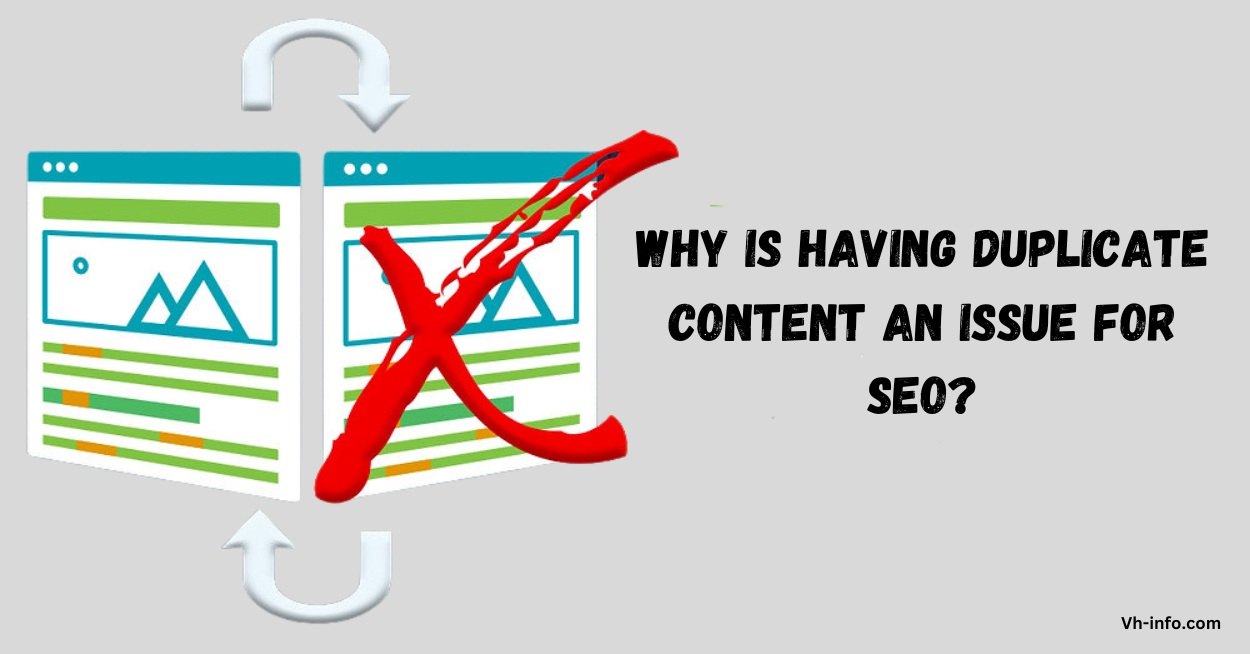
Why Is Having Duplicate Content An Issue For SEO & How To Fix It?
Duplicate content is one of the most common technical SEO issues that can have a significant negative impact on a
WHAT WE
3rd floor, VHinfo, QRXG+CG9 Capital Market, Canal Rd, chokdi, Ravapar, Morbi, Gujarat 363641
14 Main Street, Suite 401, New York, NY 10004
Vh-info © 2025 | All Rights Reserved